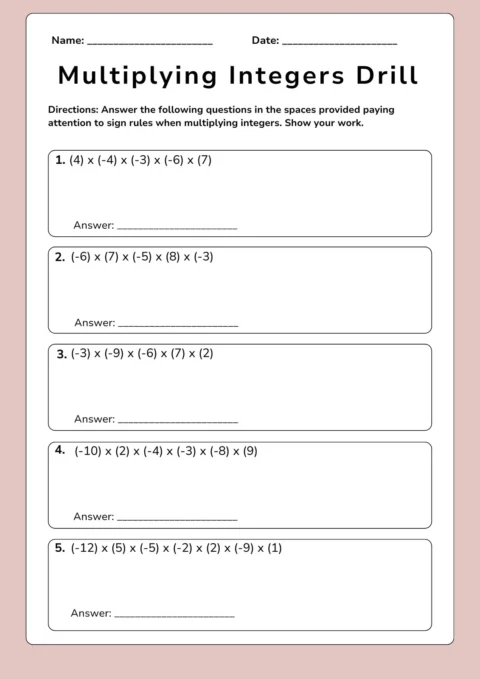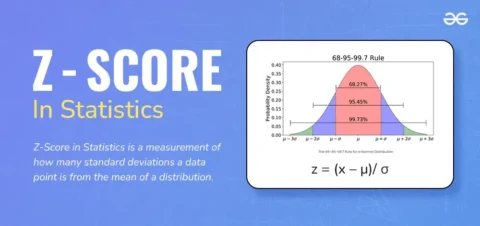Multiplying fractions is an essential math skill that students often need to master in school. Whether you’re working on a homework problem, studying for a test, or dealing with fractions in real life, understanding how to multiply fractions can be extremely useful. This blog post will explain how to multiply fractions in detail, using examples and addressing frequently asked questions to ensure you understand the process thoroughly. Let’s dive in!
What are Fractions?
A fraction represents a part of a whole. It consists of two numbers:
Numerator: The top number, which indicates how many parts we have.
Denominator: The bottom number, which indicates how many equal parts the whole is divided into.
For example, in the fraction 3/4, the numerator is 3 and the denominator is 4, meaning we have 3 out of 4 equal parts.
Step-by-Step Guide to Multiplying Fractions
Multiplying fractions is simpler than adding or subtracting them because there is no need to find a common denominator. Follow these steps to multiply fractions:
Step 1: Multiply the Numerators
The first step is to multiply the numerators of the fractions together. This will give you the numerator of the answer.
Example: Multiply 2/3 and 4/5.
Numerators: 2 × 4 = 8
Step 2: Multiply the Denominators
Next, multiply the denominators of the fractions together. This will give you the denominator of the answer.
Denominators: 3 × 5 = 15
Step 3: Simplify the Fraction (If Needed)
After multiplying, you may need to simplify the fraction by dividing both the numerator and denominator by their greatest common factor (GCF).
Result: 8/15 (This fraction cannot be simplified further.)
Final Answer: 8/15
Example Problems
Example 1: Multiply 1/2 by 3/4.
Multiply the numerators: 1 × 3 = 3
Multiply the denominators: 2 × 4 = 8
The answer is 3/8.
Example 2: Multiply 5/6 by 2/9.
Multiply the numerators: 5 × 2 = 10
Multiply the denominators: 6 × 9 = 54
Simplify 10/54 by dividing both the numerator and denominator by 2.
The simplified answer is 5/27.
Multiplying Mixed Numbers
A mixed number is a combination of a whole number and a fraction. To multiply mixed numbers, follow these steps:
Convert the Mixed Numbers to Improper Fractions: An improper fraction has a numerator larger than its denominator.
Multiply the Fractions: Follow the same steps as above.
Convert Back to a Mixed Number (If Needed): If the result is an improper fraction, convert it back to a mixed number.
Example: Multiply 1 1/2 by 2 1/3.
Convert to improper fractions:
1 1/2 = 3/2
2 1/3 = 7/3
Multiply the fractions:
3/2 × 7/3 = 21/6
Simplify or convert to a mixed number:
21/6 = 3 1/2
Final Answer: 3 1/2
Tips for Multiplying Fractions
Simplify Before Multiplying: If possible, simplify the fractions before multiplying. This can make the multiplication easier and the result simpler.
Example: Multiply 4/9 by 3/8.
Before multiplying, simplify 4 and 8 (both are divisible by 4):
4/9 × 3/8 = 1/9 × 3/2 = 3/18 = 1/6
Cross-Cancel: You can cross-cancel numerators and denominators before multiplying to make the calculation easier.
Frequently Asked Questions about Multiplying Fractions
Q1: How do you multiply fractions?
To multiply fractions, multiply the numerators together and then multiply the denominators together. Simplify the result if possible.
Q2: Do you need a common denominator to multiply fractions?
No, unlike adding or subtracting fractions, you do not need a common denominator to multiply fractions. Simply multiply across the numerators and denominators.
Q3: How do you multiply mixed numbers?
To multiply mixed numbers, first convert them to improper fractions, then multiply as you would with regular fractions. Convert the result back to a mixed number if needed.
Q4: Can the product of two fractions be greater than the original fractions?
No, when you multiply two proper fractions (fractions less than 1), the product is always smaller than either of the original fractions.
Q5: How do you simplify a fraction after multiplying?
To simplify a fraction, find the greatest common factor (GCF) of the numerator and denominator and divide both by that number.
Q6: What if I need to multiply a fraction by a whole number?
To multiply a fraction by a whole number, convert the whole number to a fraction by placing it over 1, then multiply as usual.
Q7: Can I cross-cancel when multiplying fractions?
Yes, cross-canceling is a technique used to simplify the multiplication process by reducing numerators and denominators before multiplying.
Q8: What is the difference between multiplying and adding fractions?
When multiplying fractions, you multiply the numerators and denominators directly. When adding fractions, you need a common denominator before adding the numerators.
Q9: How do you multiply fractions with different denominators?
The denominators do not need to be the same to multiply fractions. Simply multiply across the numerators and denominators.
Q10: How do I multiply fractions in real-life situations?
Multiplying fractions is useful in many real-life situations, such as calculating portions in recipes, determining areas, or finding part of a quantity.
Conclusion
Multiplying fractions is a straightforward process that involves multiplying the numerators and denominators and then simplifying the result. Whether you are multiplying simple fractions, mixed numbers, or whole numbers, the steps are easy to follow once you understand the basics. With practice, you will be able to multiply fractions quickly and accurately, making it a valuable skill for both academics and real-life applications.



